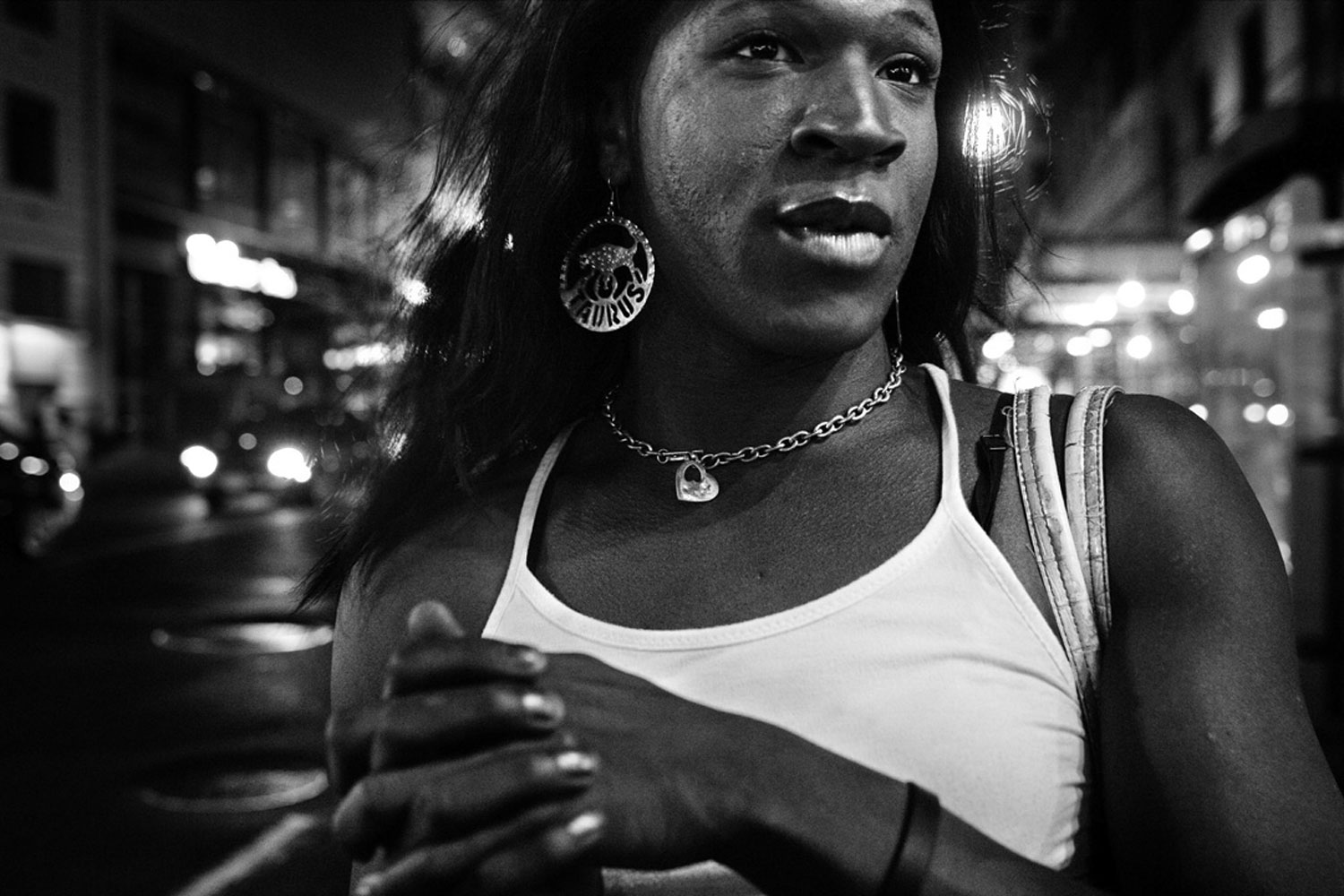
While enrolled as a student at the International Center of Photography in the fall of 2005, Samantha Box was given an assignment to photograph a community space in New York. In the Hell’s Kitchen district of Manhattan, she found Sylvia’s Place, the city’s only emergency shelter for homeless LGBT youth. More than six years later, she has yet to leave.
On any given night in New York City, an estimated 4,000 LGBT youth roam the city without a home. As the country celebrates LGBT Pride month throughout June, Box aims to remind us that, in spite of tremendous progress, vulnerable LGBT youth still suffer in the shadows. According to a recent study by the Empire State Coalition of Youth and Family Services, an estimated 25-40% of homeless youth in New York City identify as gay, bisexual, and/or transgender. These young adults must navigate a social and cultural landscape punctuated by multiple layers of stigma in regards to race, gender, class and sexuality. Many suffer from a history of trauma. Most, if not all, have fled broken homes.
Box believes in slowing down, that to accurately tell a story involving a cacophony of societal and personal layers one must wait patiently for the expression to flicker on someone’s face. Only after three to four years of patiently returning to Sylvia’s Place — after producing a series of images focused on the issue of homeless LGBT youth designed to, in her words, “hit people in the head to say these people need your attention,” — did she fully understand the nuances of her story.
Although one senses heartbreak in the images — the pained expression of a young woman visiting the grave of her deceased mother, the “Happy Mother’s Day” note bequeathed on a bed of flowers — there is an overwhelming feeling of life and youth radiating from Box’s photos. As opposed to relying on expected visual tropes of homelessness and LGBT youth, Box paints a more refined and heartfelt portrait: these are young adults coming of age and coming together in search of family.
“The young people that I photograph are some of the most resilient people that I have ever met: despite facing the societal animosity of homo- and transphobia, and the burden of a broken system that conspires to keep them homeless,” she says, “they continuously work for a future where their talents and intellect can be used, where they have a home, a family and a life of stability.”
Samantha Box is a documentary photographer based in Brooklyn, New York. You can see more of her work here.
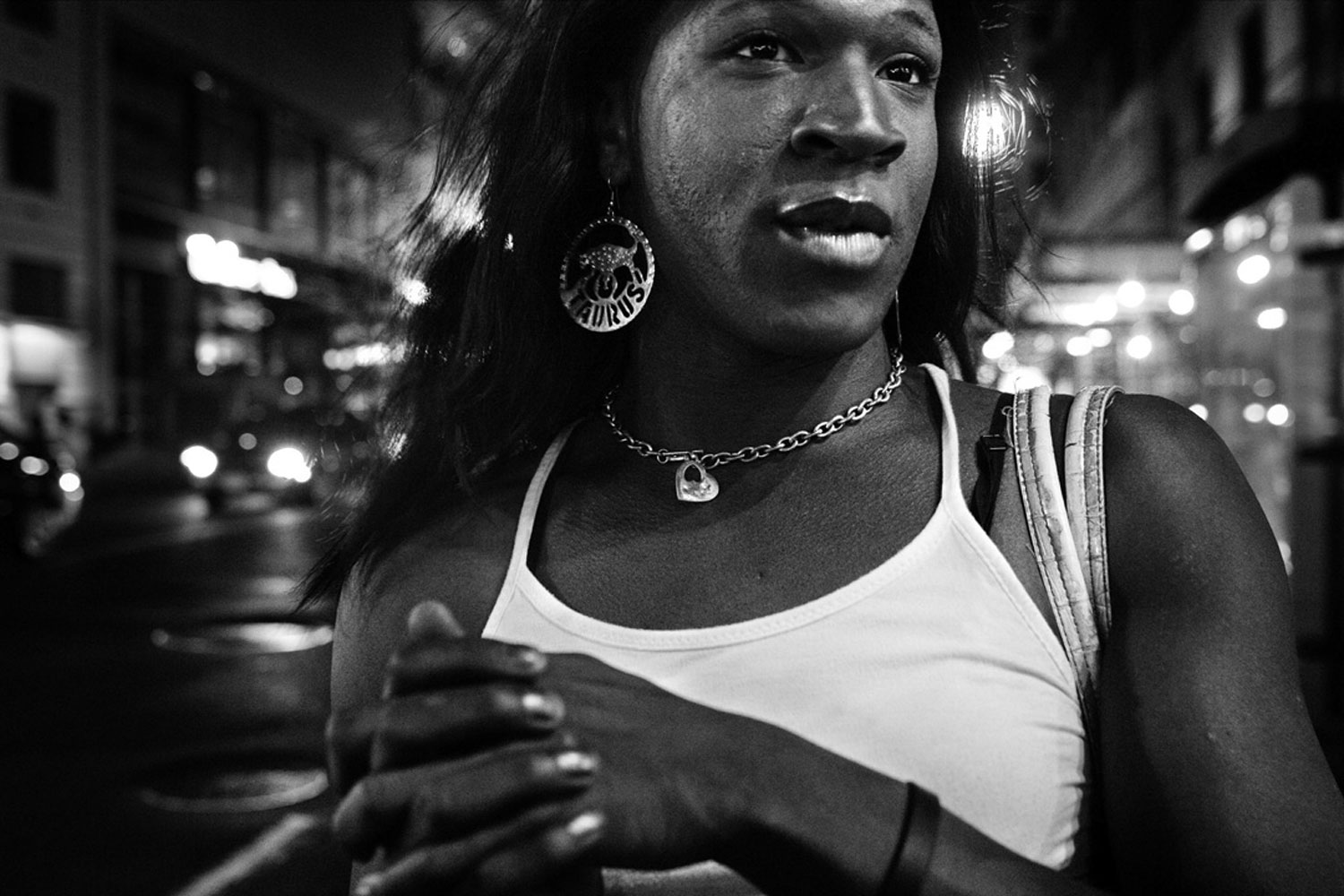

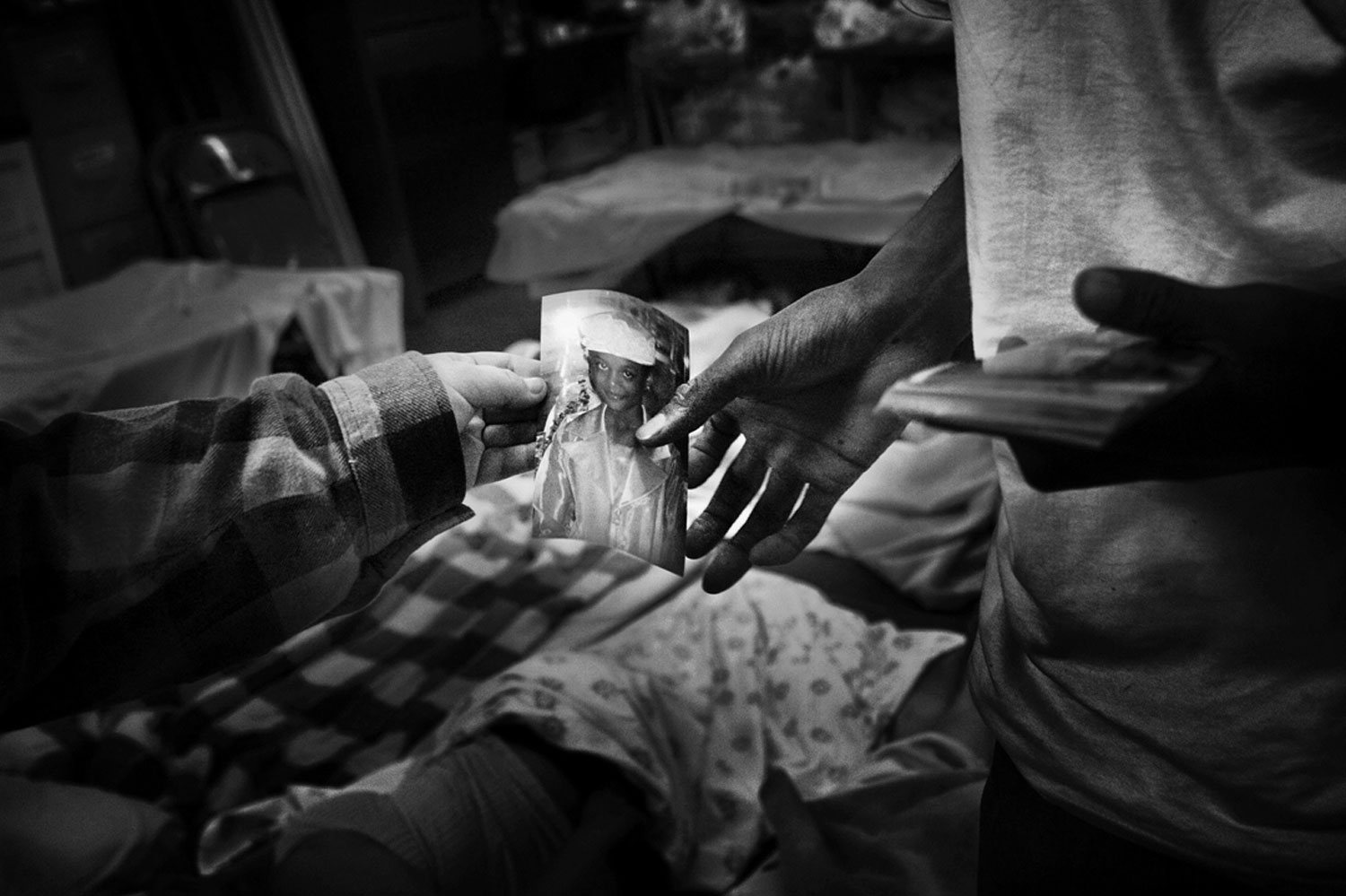
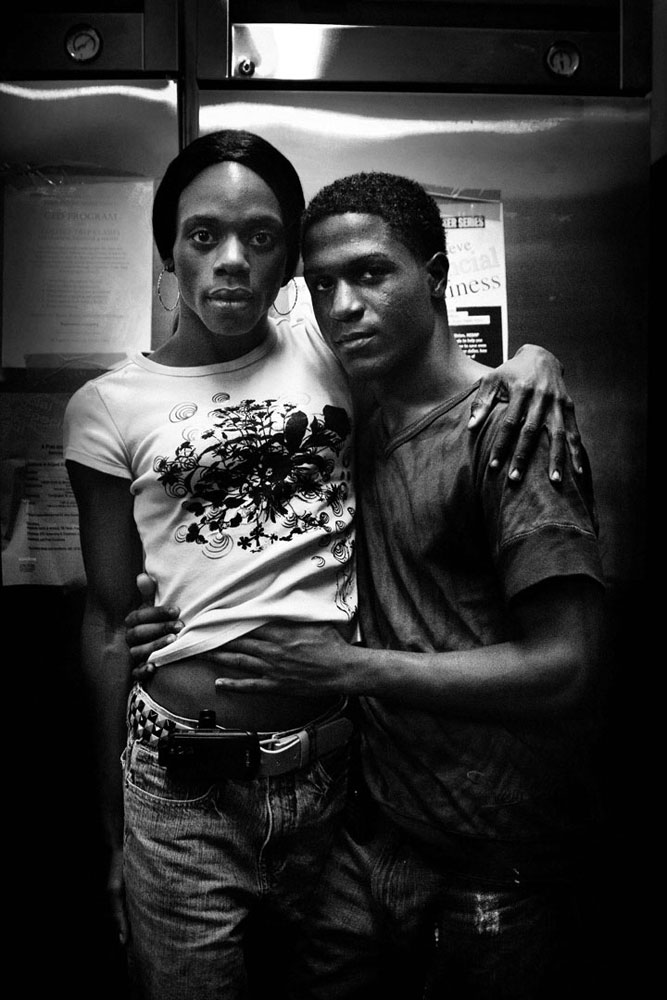
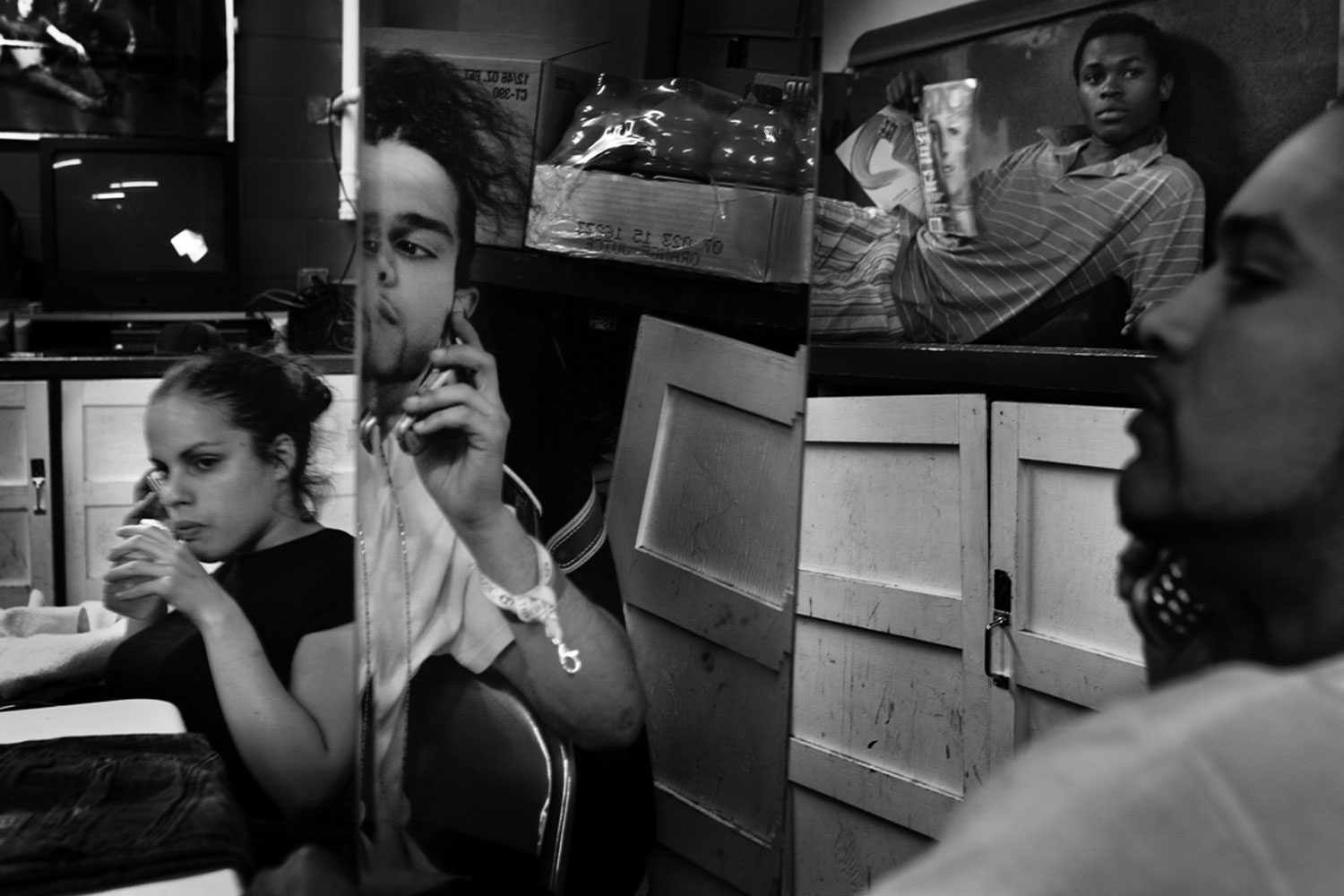
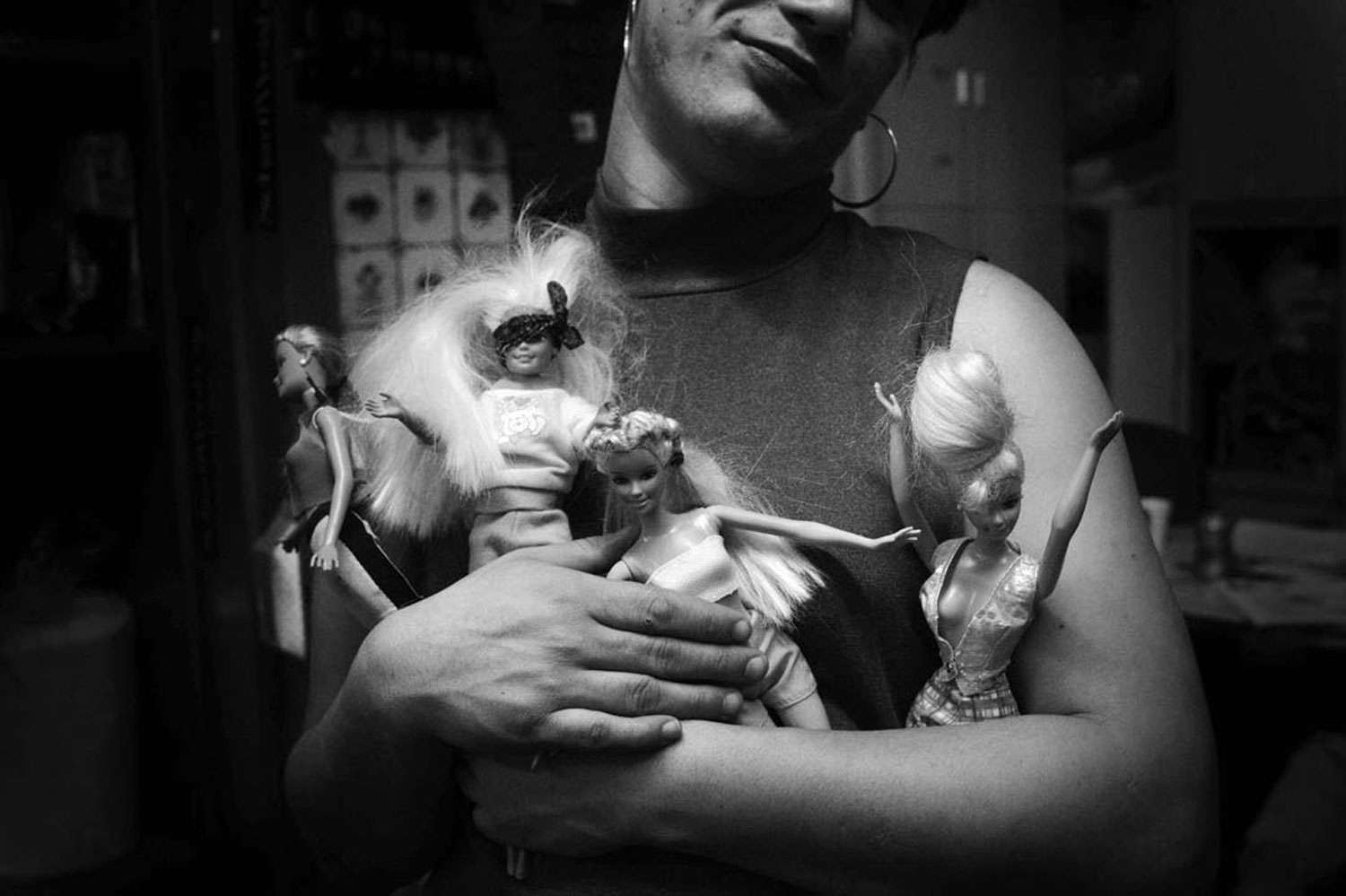

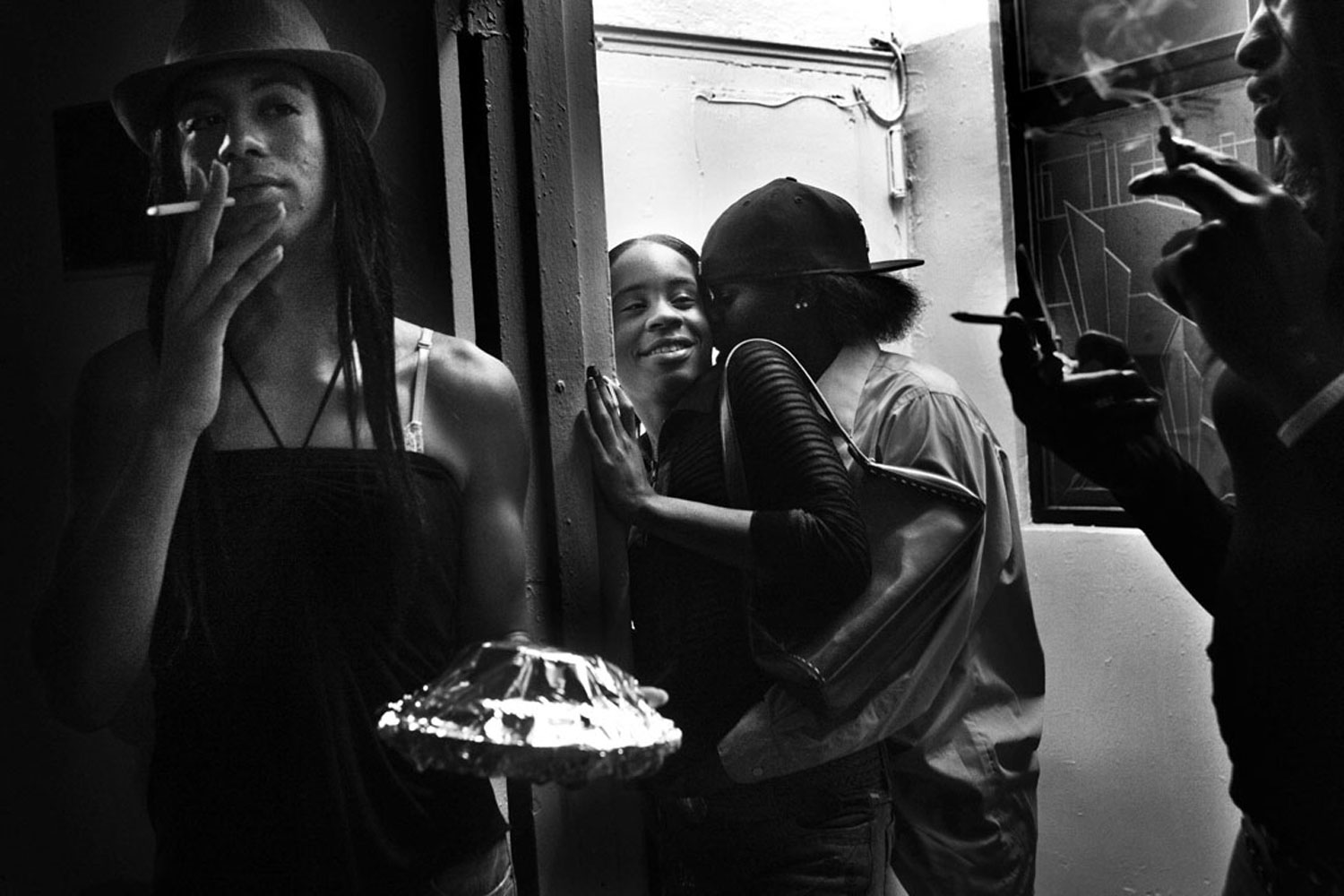
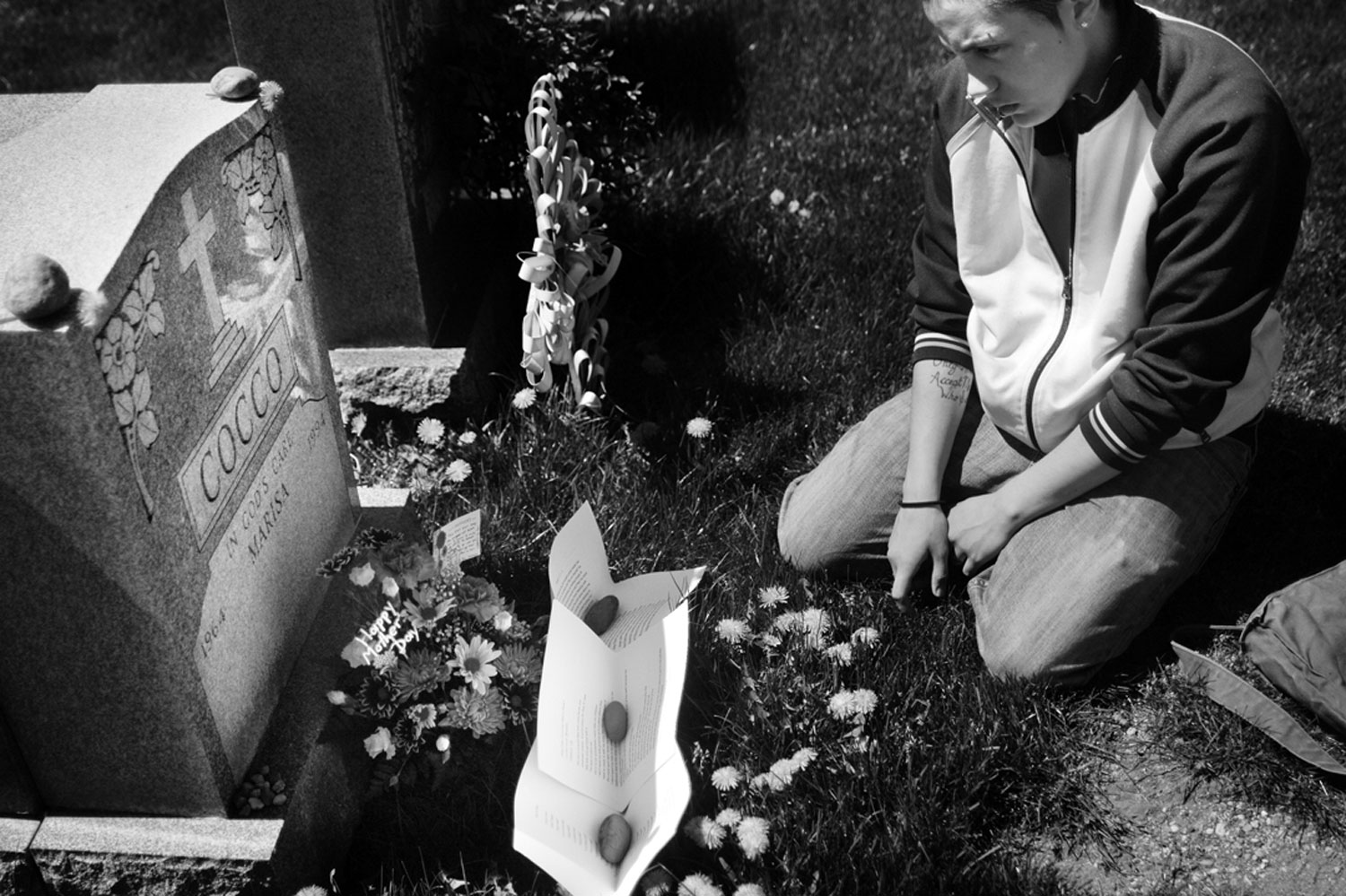
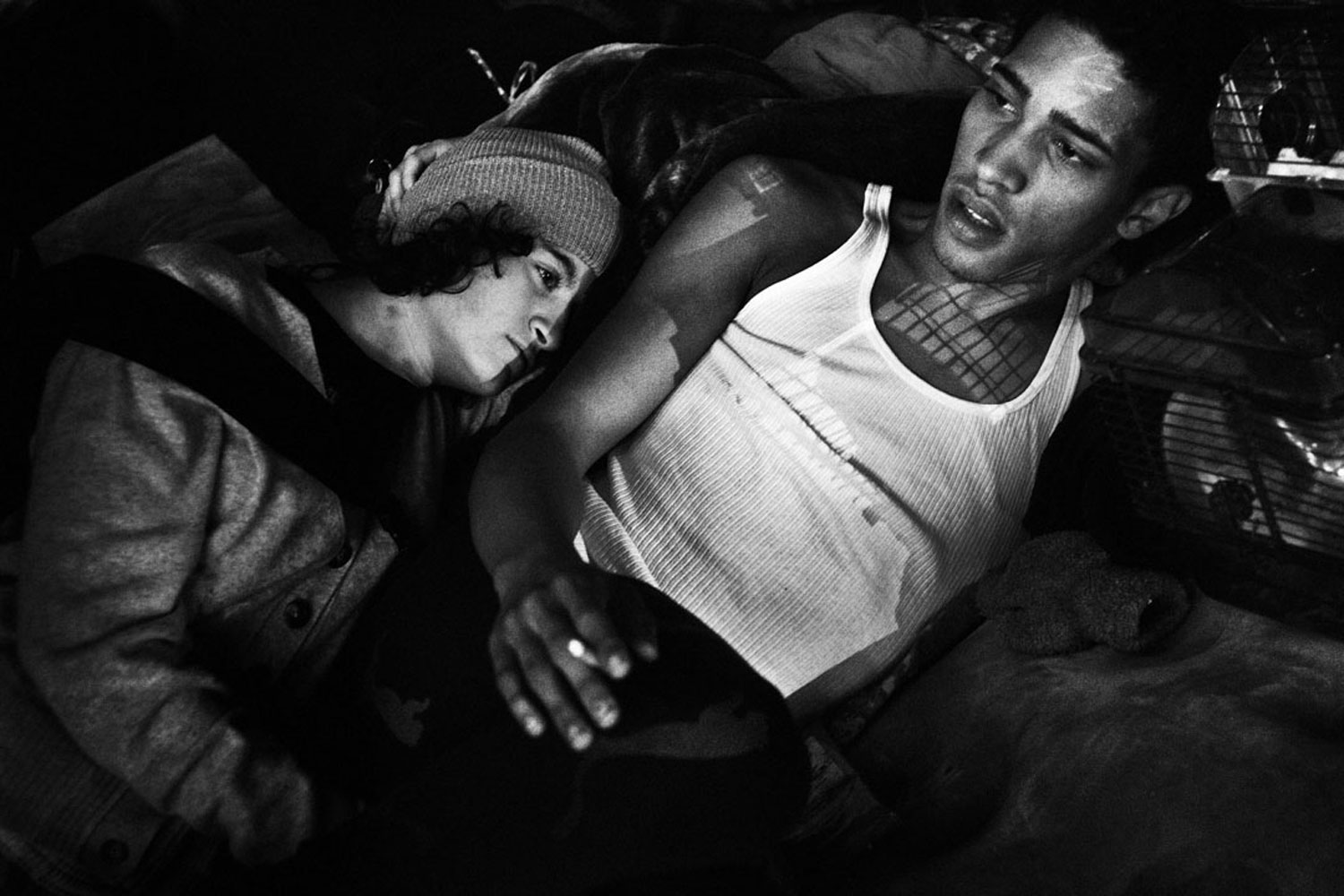
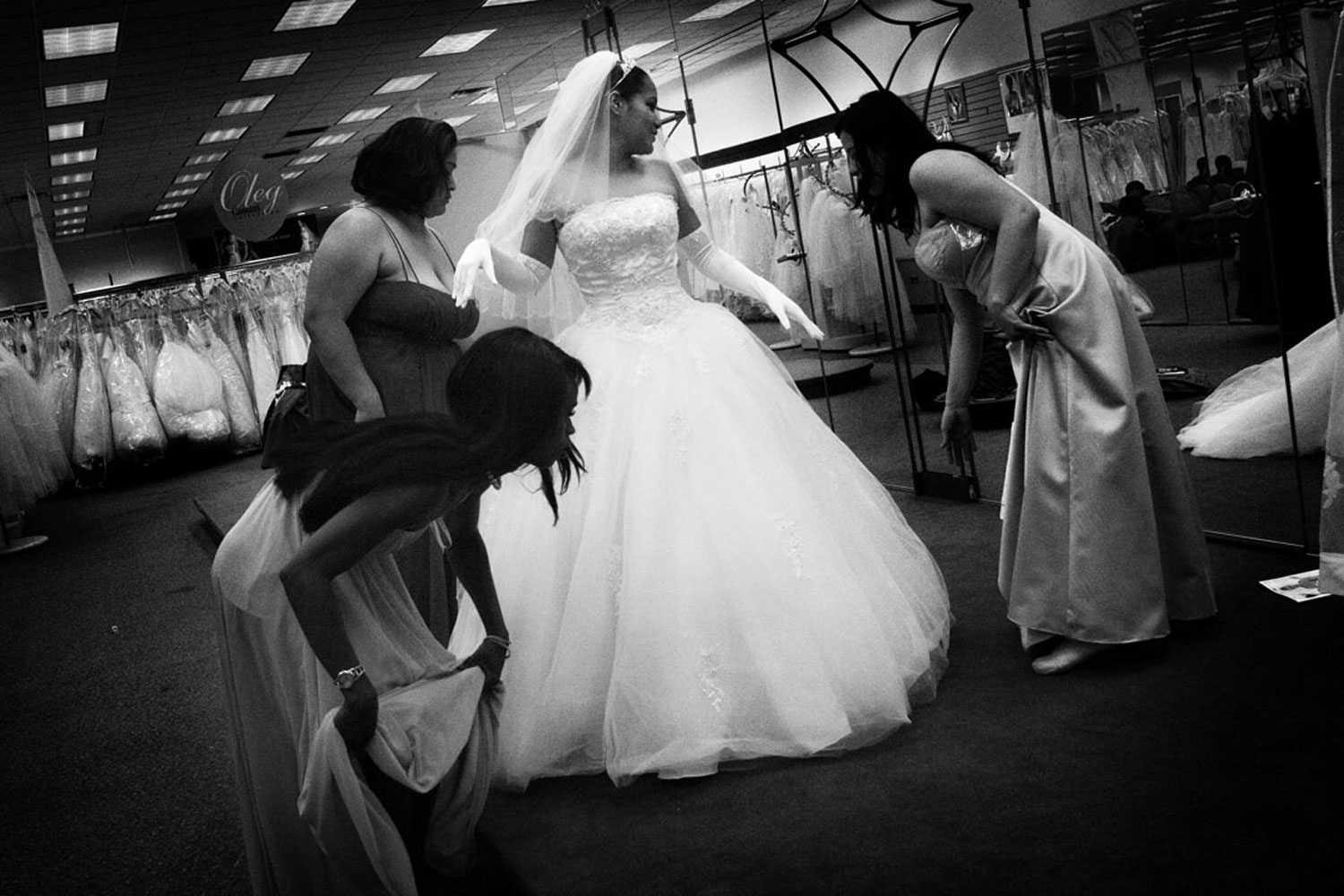
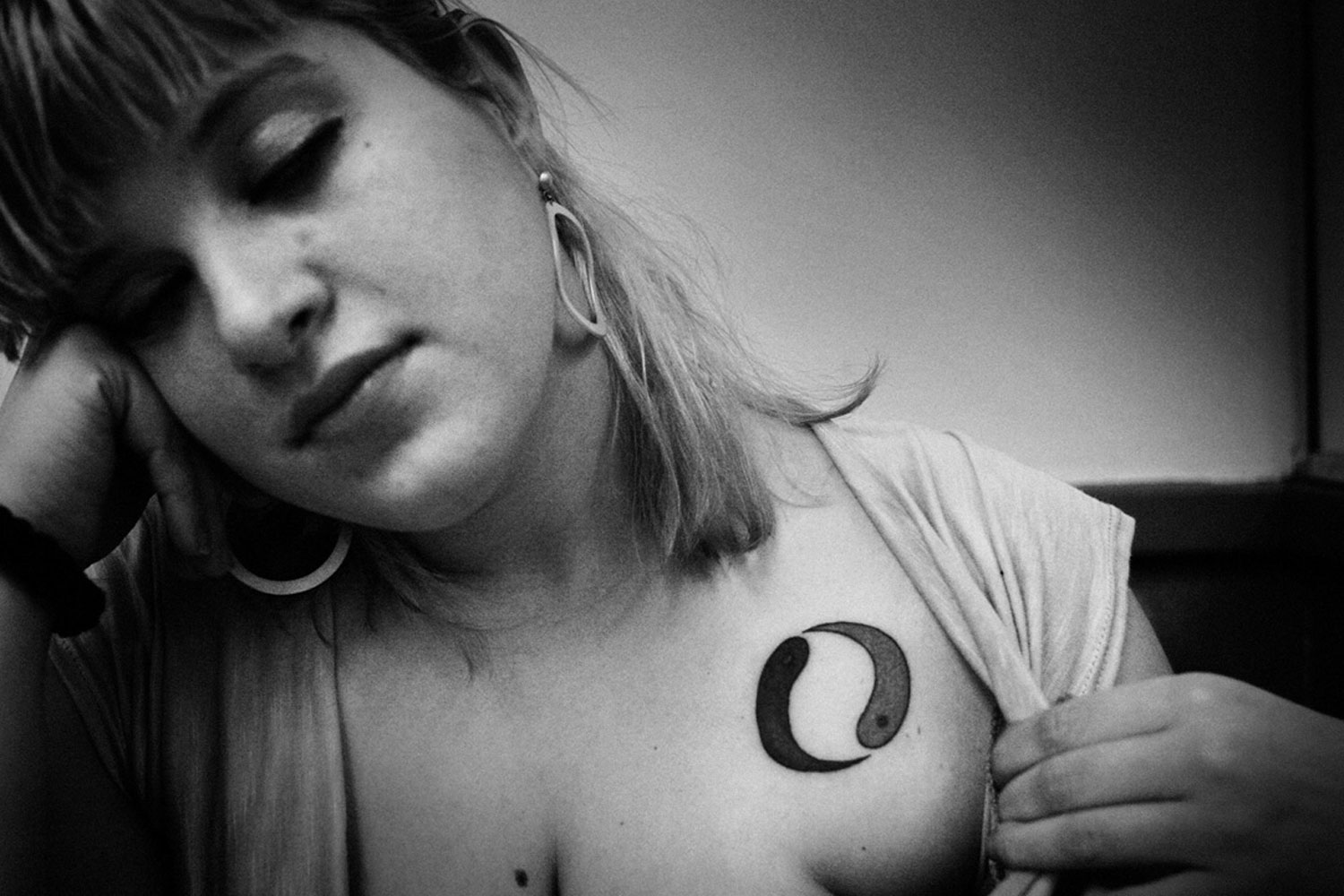
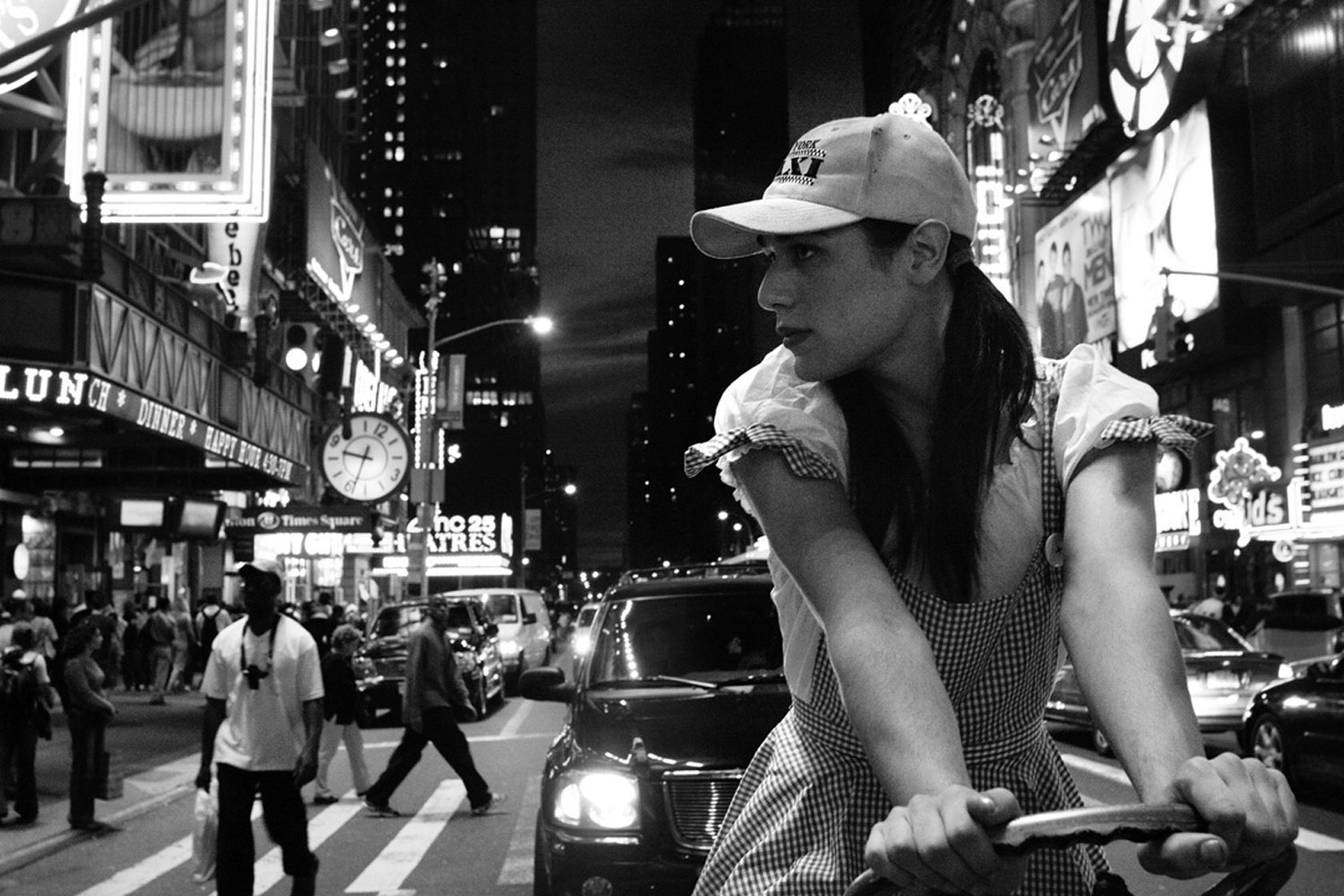
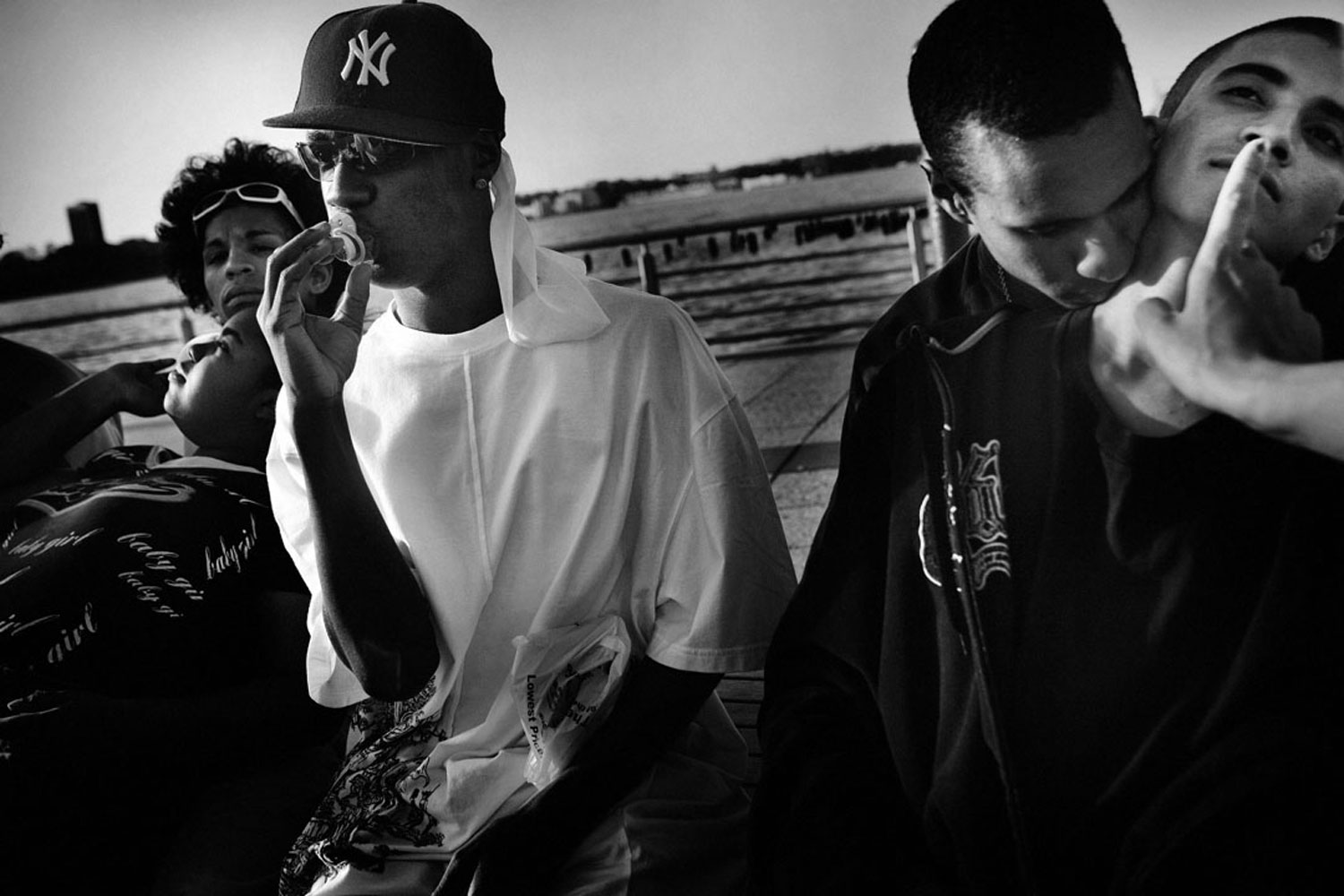

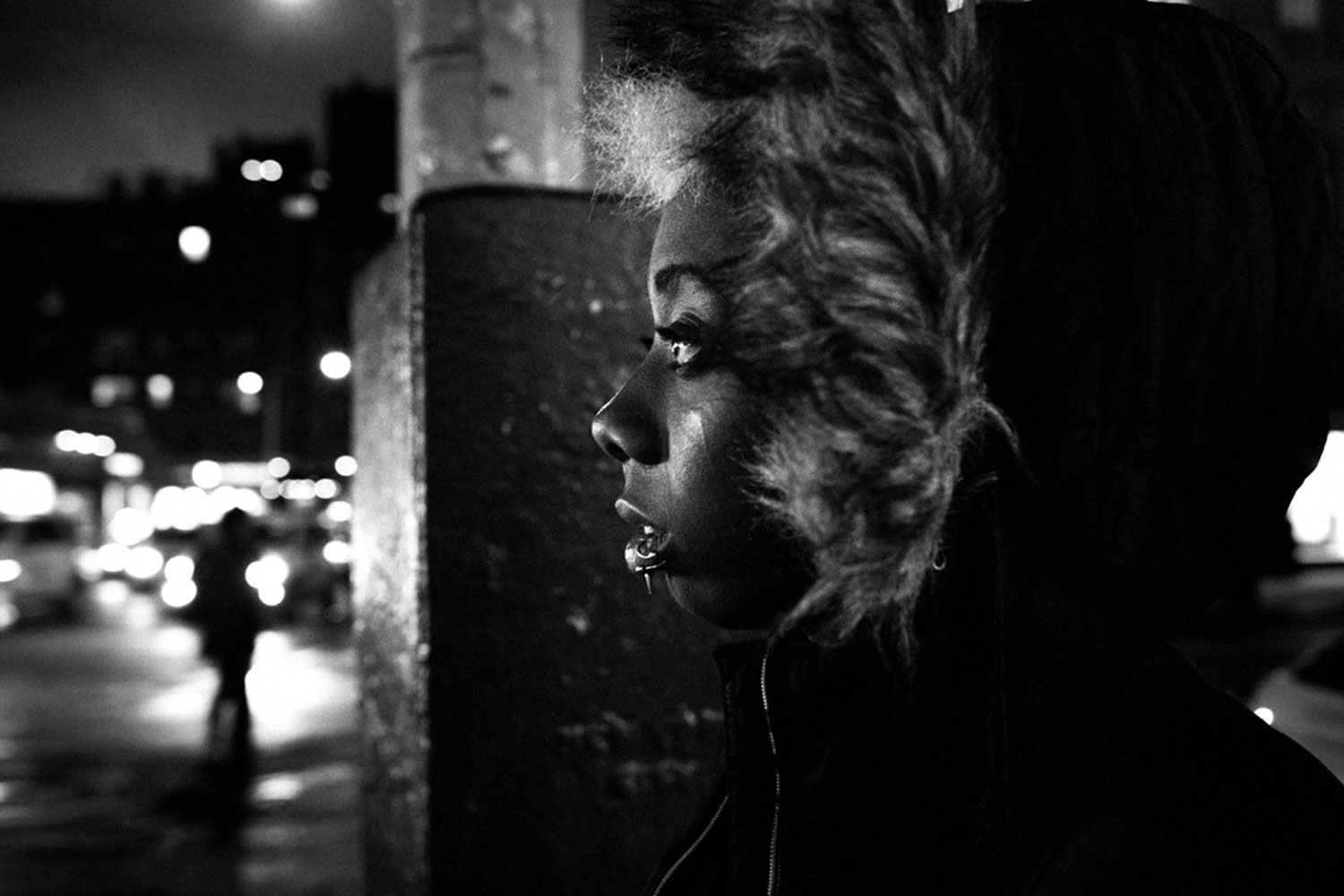
More Must-Reads from TIME
- Why Biden Dropped Out
- Ukraine’s Plan to Survive Trump
- The Rise of a New Kind of Parenting Guru
- The Chaos and Commotion of the RNC in Photos
- Why We All Have a Stake in Twisters’ Success
- 8 Eating Habits That Actually Improve Your Sleep
- Welcome to the Noah Lyles Olympics
- Get Our Paris Olympics Newsletter in Your Inbox
Contact us at letters@time.com